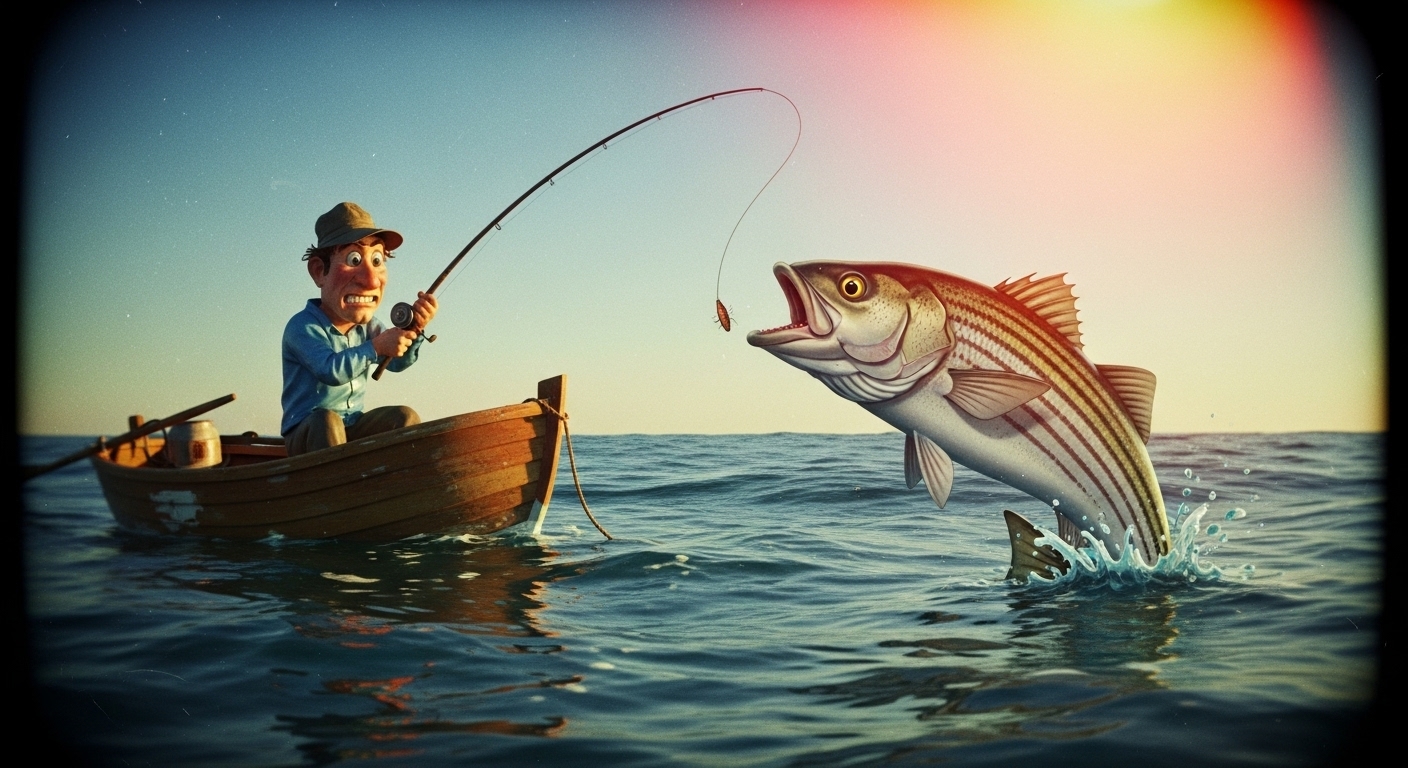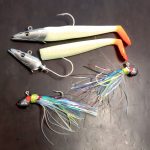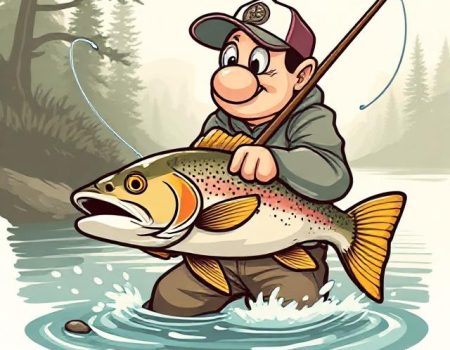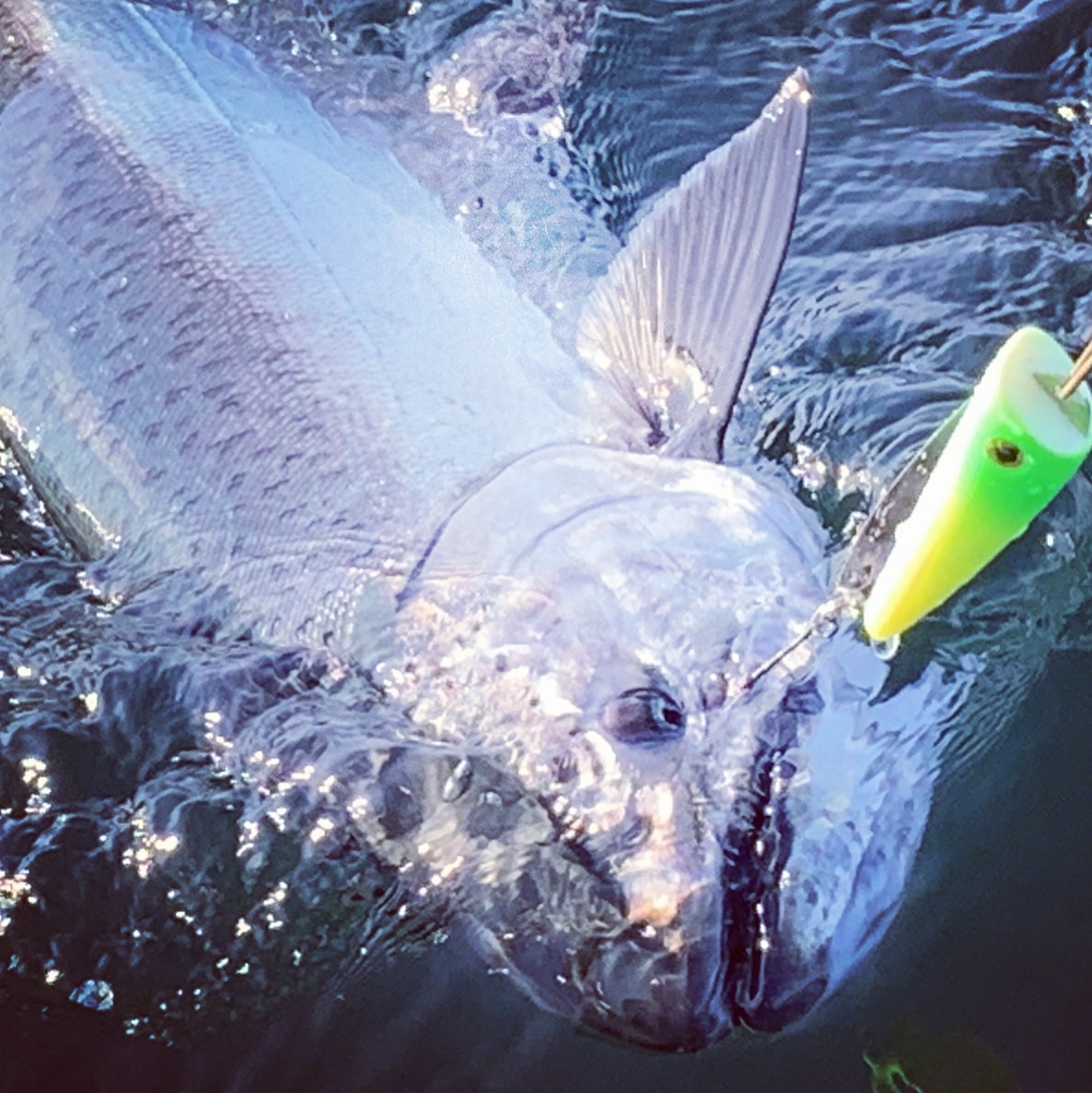Stripers
Stripers are also called Atlantic Striped bass, linesiders, rock, pimpfish, greenhead, and squid hound. They are a favourite target for anglers in both salt and fresh water. They have been widely introduced in numerous lakes, rivers and impoundments through the world. Stripers like clear water with a good supply of bait fish and open-water. They love snags and obstructions from where they can ambush their pray.
Adult stripers weighs eight to 15 pounds and are known for their size and fighting ability. They can get to a weight of 50 pounds and can be 18 to 55 inches long. They can be light green, olive, steel blue, black or brown with a white or silver underside. Stripers have a streamlined body and have seven or eight continuous horizontal stripes on each side of their bodies from gills to tail.
Stripers are ravenous nocturnal feeders and feed on small fish such as herring, menhaden, flounder, alewives, silversides, eels, and smelt. They will also eat squid, worms, crabs and other invertebrates. They are found along the St. Lawrence River in Canada to the St. Johns River in Florida.
What does The Keel SystemTM do?
- Action mimics a distressed or injured bait fish.
- Erratic movement makes it easier for Stripers to spot its prey.
- Added flash off Reel Keel™ for better visibility.
- Will not spin even in the choppy water that Stripers love.
Stripers and The Keel Difference
Catching Stripers
You can catch stripers in a variety of ways such as trolling and surfcasting top water lures. In the cold weather, you should use a lure that can sink deep since stripers will go deep in the colder weather. In the warm weather they will come up to the surface so you will need something that floats.The Keel Difference – Catching Stripers
The Reel Keel can be used for both cold and warm weather since you can control its depth with your rod tip. The Reel Keel naturally floats but can dive if you put out more line and tip your rod tip down.






